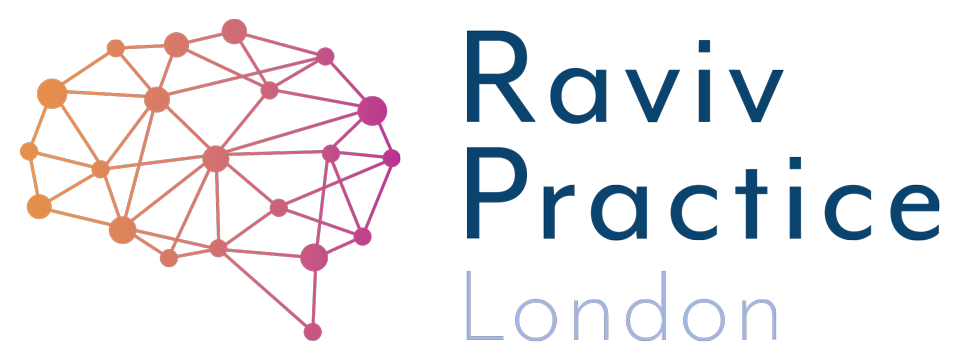Strengths of children with dyslexia + SEND
Emotional resilience
Meet Charlie.
Charlie is seven years old and has dyspraxia and dyslexia. These conditions together manifest as poor coordination and the inability to grasp academic subjects as fast as his peers. For him, Maths is relatively straightforward. In fact, he excels in this subject.
In stark contrast, his reading, spelling and writing skills are at the opposite end of his ability spectrum. He has a twenty-minute timer for his daily reading, and always stops bang on twenty minutes. He never reads for even a single minute more, His older brother by fifteen months, will happily read beyond his allotted time, but never Charlie. For him, reading feels as much of a chore as eating spinach or broccoli. He knows he has to do it, and he does, but it is something to be endured, not enjoyed.
Most days Charlie does a lot of extra studying to help him with his reading, coached by his mum using a book called Toe-by-Toe. Toe-by-Toe was recommended by Charlie’s school, who said it will speed up his reading and spelling skills.
Charlie often tells his mum that he feels sad and disappointed about his poor reading skills, and will always try his best every day. His mum reports he is the most determined of all her four children and the only one with special needs.
Children with dyslexia, dyspraxia, SEND, have resilience!
Charlie’s story is not an unusual one, but I have shared it with you because I have a theory about children with special needs. Their knowledge of themselves, and the discrepancy between ability and expectation is a common theme. Many children like Charlie do not mind going the extra mile, and it is normal for them to work harder without complaint.
My theory is, that special needs children are conditioned into thinking achievement does not come easily, and so are prepared at a much earlier age than many of their peers to roll up their sleeves and engage with hard work. In this respect, they appear to be much more resilient than most other children. They also have a growth mindset which means applying continued effort and never being complacent with achievement. This way of thinking means children like Charlie think only about how much effort must be applied.
Growth Mindset
Emotional Resilience and neuro -typical children
The subject of emotional resilience is so very interesting. How do we get neuro-typical children to be more resilient and what can we do to facilitate it? They can learn a lot from special needs children!
While children that learn differently seem, on the surface less concerned about failure, it is this idea that they feel less emotionally invested, and just carry on, which I think is at the heart of the issue of resilience. These children seem to push aside emotions and get on with the task at hand.
Feelings/emotions, are subjective, so talking about them can seem like a strange and difficult subject to teach to children. A child may know when they are feeling a range of sensations. Children in infancy know if they are happy, sad, upset or scared, but talking about these feelings can be a whole different matter.
For example, if a child feels hungry or thirsty, they should easily make this basic need known and have it addressed – but it is, of course, much harder to communicate emotions. A child who is scared will cry, but they will also do that if they are sad, so how do they learn to recognise and communicate this? From their behaviour, we can tell something is wrong, but they themselves do not have the vocabulary to describe the actual problem – it is something we have to teach them from a young age.
Mirror Neurons.
As a parent, I have found Dr Seuss books remarkable in teaching pre-school children emotions. Dr Seuss illustrates emotions so remarkably well, especially in our family favourite: Green Eggs and Ham, and its lead character Sam I Am. Sam I Am goes from being a happy smiling character to a red faced individual with such rage! When pre-schoolers hear the stories, and see the illustrations, they recognise the emotions in themselves. They start to mirror the character going from mildly irritated to very angry. It is a very entertaining way to start building up that emotional recognition.
Also, when children need comfort, they will often start cuddling their favourite teddy or soft toy. Recently I came across a product called Mood Stars. These are a set of eight plush toys, and each one represents a different emotion. It is a fantastic product combines mirroring emotions with the comfort given by a cuddly toy.
If children can see a Mood Star that mirrors their emotional state, they are one step closer to recognising and naming that inner state. If that state needs to change from sad to happy, they know there is a transition to be made. Being scared and crying is different to knowing you are scared and rationalising what made you scared. If a young child can think about emotions and how they change, not only are they building resilience, but also developing emotional control in terms of executive function and self-regulation.
Going back to Charlie
Having an understanding you cannot do well as your peers in reading, spelling and writing or doing buttons, laces and zips can make anyone sad. But the lesson here is that Charlie is building emotional control by not giving up. He is building resilience, and creating those important executive functioning skills, by getting on his horse and trying again.
Charlie and I joke about tricky spellings. He is working hard to retain them, and told me: ‘I wish I had a magic pen, like in Harry Potter, that corrects all your spellings as you write.’ I told him in time he will be able to have such a thing - it is called spell-check!
If you would like to read more about emotions try this blog post “What the UEFA final England Versus Italy taught us about emotional brains.”
_____________________________________________________________________
Children who learn differently need specialist support, to help them reach their true potential; if you are a parent in need of guidance, find out how Raviv Practice London can help.
Dyslexia? Dyspraxia? ADHD? ASD? Speech & Language? Developmental Delay? Anxiety?
Is every school day a struggle? As a parent, you may feel exhausted and on this journey alone. Each year you see the gap getting wider. You need to do something - change the approach, help your child learn for themselves, find a way to turn this around - to help while you can - do this NOW. the first step is free.
About the Author
Usha Patel is a Neurocognitive Therapist and Director at Raviv Practice London. Parents searching to help their suspected/neurodiverse child can get evidence-based solutions with results in as little as 8 weeks. Those in search of jargon-free help can get started straight away.


